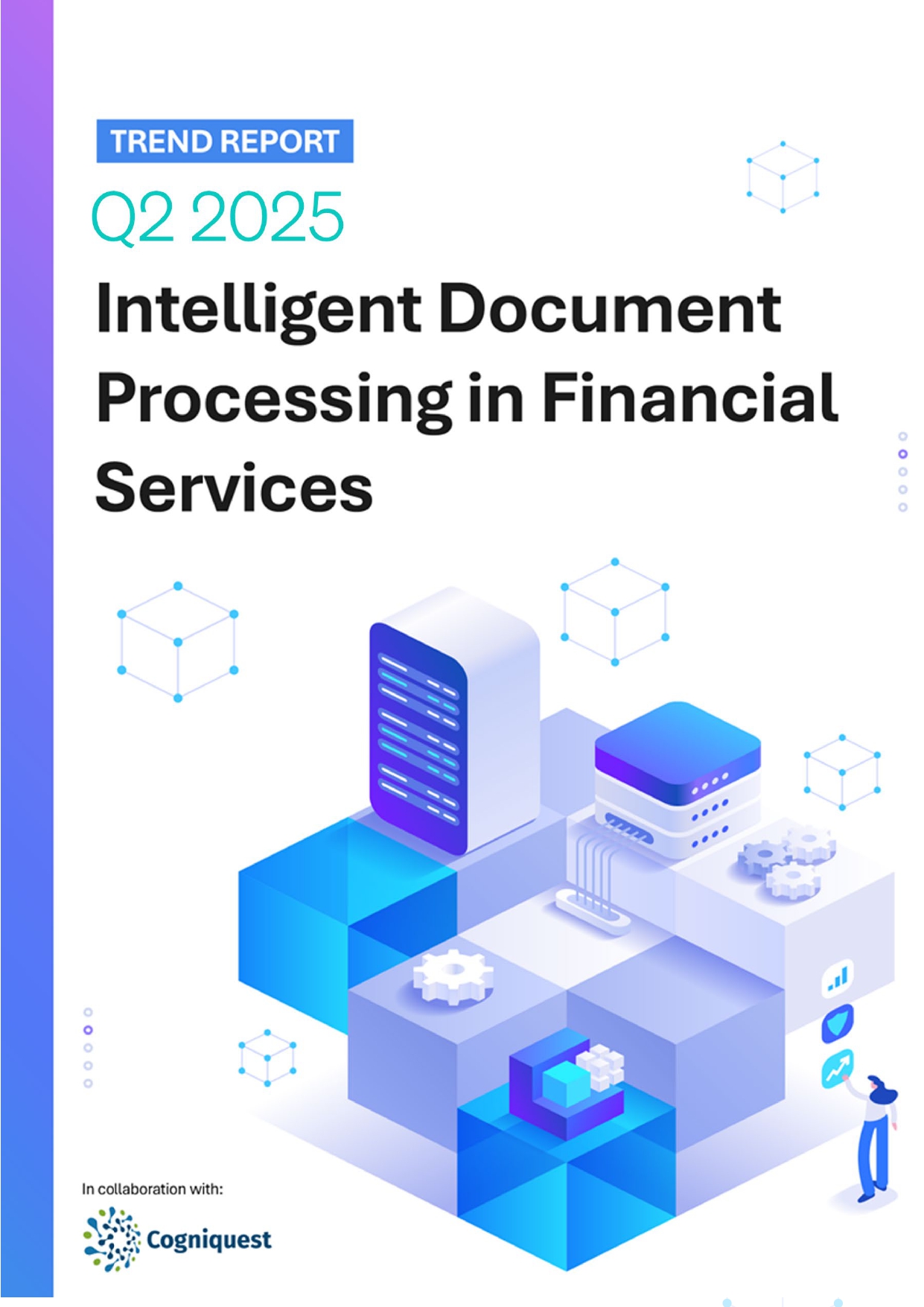 Back
Back
The BNPL Market is coming for SMEs in 2022
Of all the FinTech and banking trends of the past few years, the story of Buy Now, Pay Later (BNPL) stands out as one of the most prominent and memorable. During a period of tumult and uncertainty, BNPL seemed to go from strength to strength, growing exponentially in scale and popularity and swiftly being incorporated into the offerings of some of the world’s largest and most influential companies.
by Ion Fratiloiu, Head of Commercial, Yobota

Breaking financing down into multiple fixed repayments has allowed consumers to increase their short-term spending power, which can be a tremendous advantage to those with regular income that lack saved capital. The benefits aren’t limited to the user, of course. Retailers are reaping the rewards of this heightened spending power, while BNPL providers have grown in tandem with the product’s popularity.
BNPL is not a license to spend with abandon – it is ultimately a credit product, and its misuse can have adverse effects on the consumer’s credit rating and financial wellbeing if repayments are missed. It is a tool that has the power to help consumers reach their immediate goals, but one that must be treated with care and caution.
With Which? estimating in July 2021 that a third of UK consumers reported having used a BNPL product at least once, this convenient lending system has clearly landed in the business to consumer (B2C) sector with aplomb, changing expectations and best practices for lenders and retailers alike. This sea-change, however, is not limited exclusively to B2C – the next destination of the Buy Now, Pay Later revolution is in fact other businesses.
Back to B2B
The next giant leap for BNPL might stem from its usefulness to startups and small-to-medium enterprises (SMEs). Liquidity and financing are common obstacles for businesses in their early stages, and while specialist services do exist to cater to these issues, BNPL can provide a greater degree of control, flexibility and transparency that could prove invaluable to businesses that are in the process of levelling up.
Support for SMEs and startups comes in many forms, but overreliance on incubators and seed funding can stunt the overall development of the sector. Sometimes, businesses need to be able to manage their own finances at speed, needing short-term injections rather than waiting for their next seed round. Traditional lending options are available, and have existed for years, but can be slow to secure and be laden with complex terms and conditions.
This is what makes BNPL for Business such a tempting proposition. The ability to spread repayment for specific purchases over an agreed period suits businesses with predictable revenues but little capital – like a subscription-based startup or a growing company still awaiting funding. BNPL can make borrowing frictionless and consistent in a way existing options cannot.
This isn’t only good news for small businesses – growth in the BNPL for the Business sector could fuel the same growth that B2C did, with all parties involved able to benefit. We could see SMEs experiencing improved cash flow management and spending power, and specialised B2B BNPL providers expanding with the same speed as their B2C counterparts.
Power to pay your own way
The driving force behind the rate of change within BNPL is the strength of modern core banking. Banking as a Service (BaaS) has simplified the process of setting up seamless and scalable lending and payment solutions to the point that any business can create their own financial products with ease. This means that not only can more businesses offer SMEs lending options, but more SMEs can create their own BNPLs and offer split payments through their own platforms.
In the UK alone, BNPL usage almost quadrupled in 2020, totalling an astounding £2.6b in transactions – this sort of opportunity should not be exclusive to major brands and eCommerce retailers. Whether using the services themselves or offering them to their users, SMEs should consider adopting BNPL as part of their approach if they want to stay ahead of the curve.
The year of BPNL for small business
While the world’s largest companies like Amazon and Apple have already embraced BNPL, enjoying banner years of their own, the success of new businesses is a more encouraging metric of our economy rebuilding. Seeing more SMEs and startups turn to Buy Now, Pay Later could be an indication of better things to come, and of different industries and sectors beginning to get back on their feet.
2022 is a year for optimism, for looking forward and having confidence in better things ahead. BNPL is one area with the potential for success, and the opportunity at hand is there for the taking. All small businesses need to do is embrace it for themselves.
From launching his financial career at Deutsche Bank, Ion spent a number of years consulting in the equity capital markets space and leading sales growth for FTSE500 company Fiserv and core banking provider Thought Machine. He joined Yobota in 2021 to launch its commercial operation, leading GTM strategy and building a diverse and multi-faceted team to take the company to the next stage of growth.
IBSi News
Get the IBSi FinTech Journal India Edition
- Insightful Financial Technology News Analysis
- Leadership Interviews from the Indian FinTech Ecosystem
- Expert Perspectives from the Executive Team
- Snapshots of Industry Deals, Events & Insights
- An India FinTech Case Study
- Monthly issues of the iconic global IBSi FinTech Journal
- Attend a webinar hosted by the magazine once during your subscription period
₹200 ₹99*/month
* Discounted Offer for a Limited Period on a 12-month Subscription
IBSi FinTech Journal

- Most trusted FinTech journal since 1991
- Digital monthly issue
- 60+ pages of research, analysis, interviews, opinions, and rankings
- Global coverage
Other Related Blogs
Related Reports

Sales League Table Report 2025
Know More
Global Digital Banking Vendor & Landscape Report Q2 2025
Know More
NextGen WealthTech: The Trends To Shape The Future Q4 2023
Know More
Intelligent Document Processing in Financial Services Q2 2025
Know More

